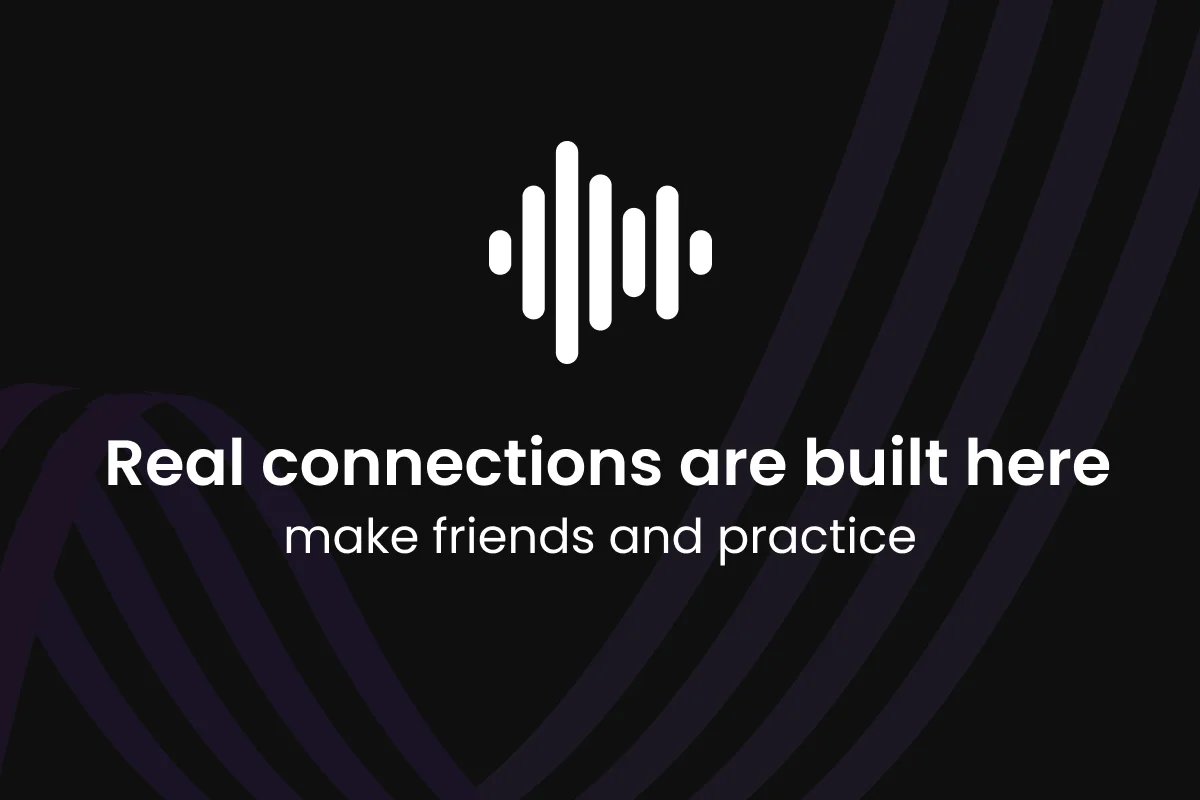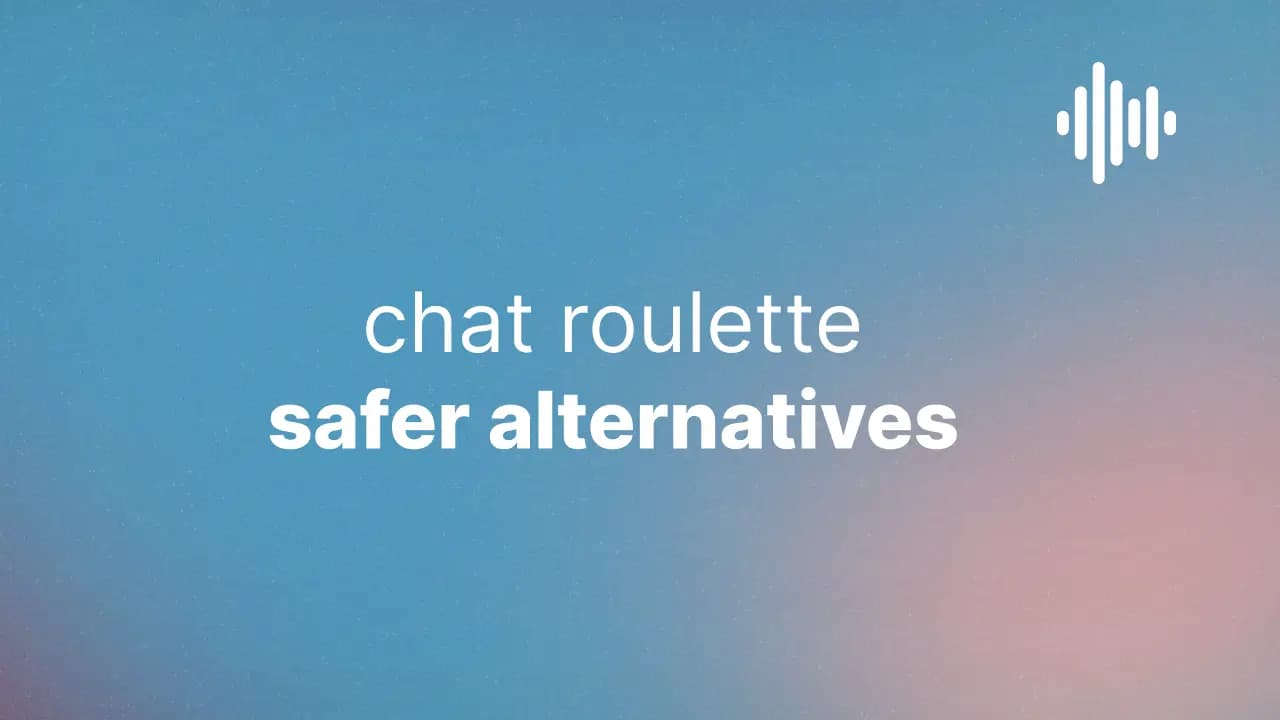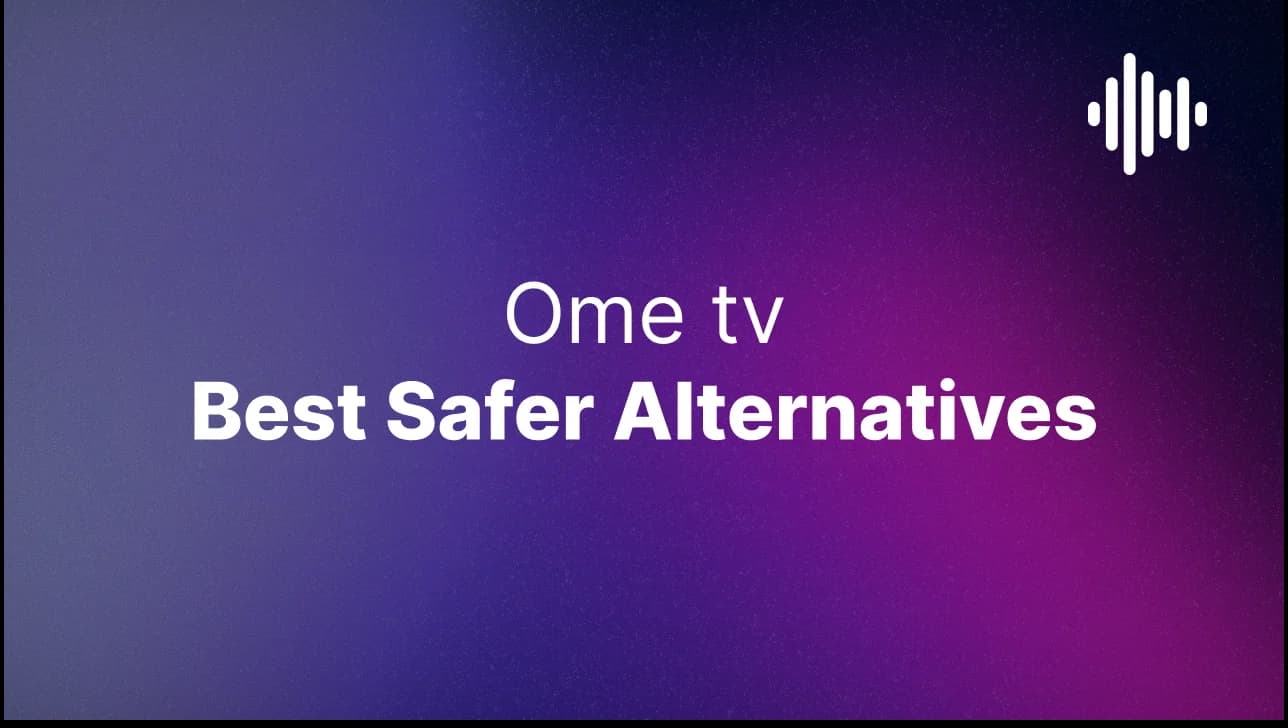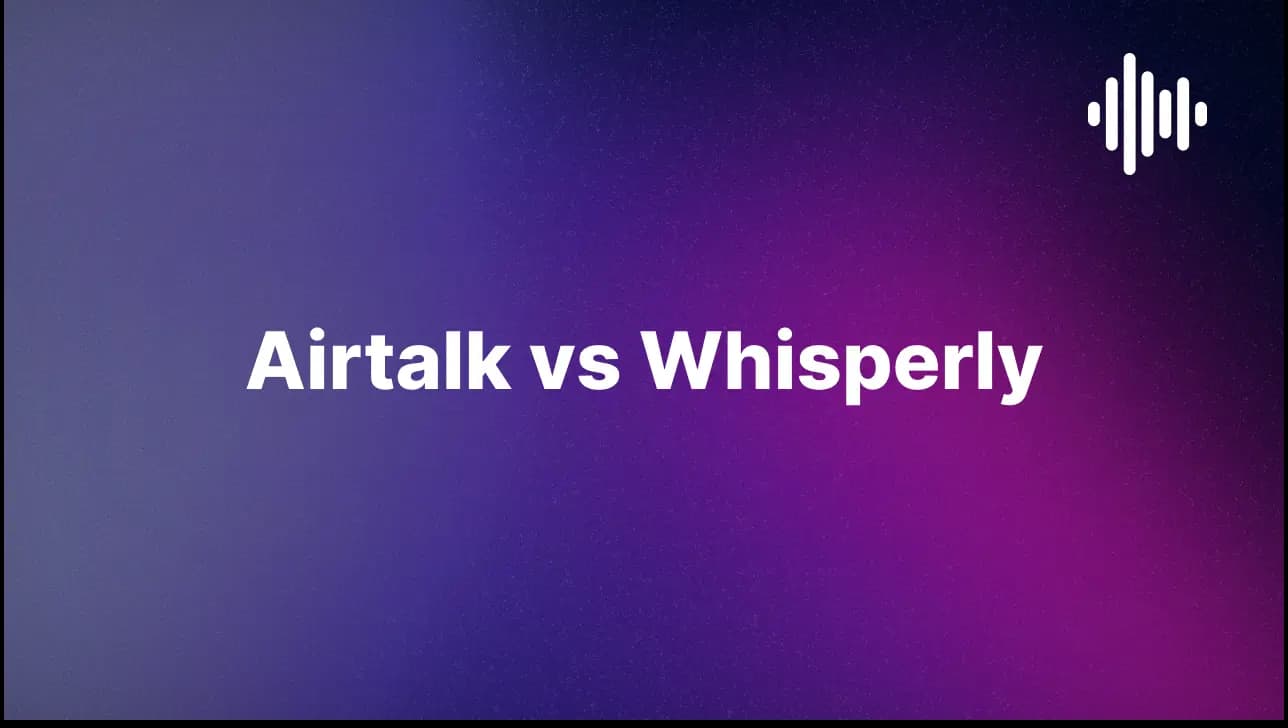Summary
Voice-only chat revolutionizes online connection by eliminating visual judgments and enabling deeper, more authentic interactions. This comprehensive analysis explores how removing the visual layer transforms social dynamics and supports personal growth. Key topics: The impact of Omegle's shutdown on random chat spaces, detailed comparison of voice-only vs. video chat platforms, comprehensive analysis of Whisperly vs. competitors like Airtalk and ChitChat. Practical applications: Language learning with native speakers, social anxiety support, job interview practice, and cultural exchange without video pressure. Technical insights: Privacy and safety features, AI-assisted moderation capabilities, and the future of voice-first connection standards. Target audience: Language learners, socially anxious individuals, job seekers, and anyone seeking authentic online connection without visual pressure.
When Omegle shut down, it left more than just a gap in the random chat space — it left a gap in how people meet strangers online. For years, video chat dominated, and yet, many people felt uncomfortable turning on their camera for someone they'd never met.
The truth is, video comes with instant judgments. People make snap decisions based on your face, clothes, room, or background — things that have nothing to do with who you are. That's where voice-only chat changes everything.
Whisperly is built on a simple idea: when you remove the visual layer, you get to know the person, not just the picture. For more on the shift, read Voice Chat with Strangers: The New Way to Connect Online.
Why Voice-Only Works Better
When you speak without being seen, something changes in the way conversations flow. You're not worried about your hair, your lighting, or how you look on camera. Instead, you listen more, think more, and respond more genuinely.
Without the pressure of appearance, you notice:
- The tone in someone's voice when they laugh.
- The way they pause before sharing something personal.
- The comfort that comes from simply talking, without performing.
In a world where everyone is curating an image, voice-only chat feels refreshingly real.
More Than Just Small Talk
Whisperly isn't only for meeting random strangers. It's a tool for real growth:
- Language learning — Talk to native speakers, practice pronunciation, and learn cultural nuances without the anxiety of being judged on your appearance.
- Social anxiety support — For people who find video overwhelming, voice offers a gentler entry point into social interaction. This is particularly valuable for introverts seeking meaningful friendships.
- Improving social skills — When you can't rely on looks, you learn to carry a conversation through curiosity, empathy, and timing.
How Whisperly Compares
Other voice chat platforms exist, but they often come with compromises. Learn why we built Whisperly specifically to solve the problems with existing platforms.
- Airtalk is voice-only but relies heavily on ads and lacks customisation.
- ChitChat is text and video only.
Whisperly takes a different approach:
- No ads. Ever.
- Modern, simple design that focuses on the conversation — not clutter.
Privacy and Safety Built In
Whisperly is designed for anonymous, comfortable conversation:
- No need to share your name or personal details.
- Report and block tools at your fingertips.
- AI-assisted moderation (coming soon) to keep things safe without intruding on genuine chats.
More Uses Than You Might Expect
Some people come to Whisperly to make friends. Others use it for more personal goals:
- Practicing a job interview or presentation with a stranger.
- Meeting people from other cultures without the awkwardness of video.
- Simply having someone to talk to on a quiet night. This is especially valuable for insomniacs seeking late-night comfort.
Our Mission
You get to know a person better without judgments — that's what it takes to build a real connection. Whisperly is not only for that, but also to practice language learning, help with social anxiety, and improve social skills.
We're building Whisperly to make voice-first connection the new standard — because sometimes, hearing someone is enough to truly understand them. This philosophy aligns with our broader vision of voice-only connections in a world obsessed with text and AI.
Be Part of the Start
Whisperly is launching soon. Join early, and you won't just be another user — you'll be part of shaping how people connect online. For those who want to experience this kind of connection right now, check out our Whisper Hour feature for nightly voice conversations.
Ready for a Better Way to Connect?
Join Whisperly and experience voice-first, consent-gated video chat that actually respects your safety and privacy.
Start Chatting NowFAQ
How does voice-only help with language learning?
You practice pronunciation, cadence, and listening in real time with real people. It feels natural, not performative; also see getting started.
Can this help with social anxiety?
Voice removes visual scrutiny and lets you warm up gradually. Low-stakes rooms help you build conversational confidence.
What non-obvious use cases exist?
Interview practice, storytelling, and quick cultural exchange. Lightweight sessions let you iterate often and improve.
How do you avoid awkward silence?
Curiosity and follow-ups beat scripts. In voice, pauses feel thoughtful rather than stressful.



